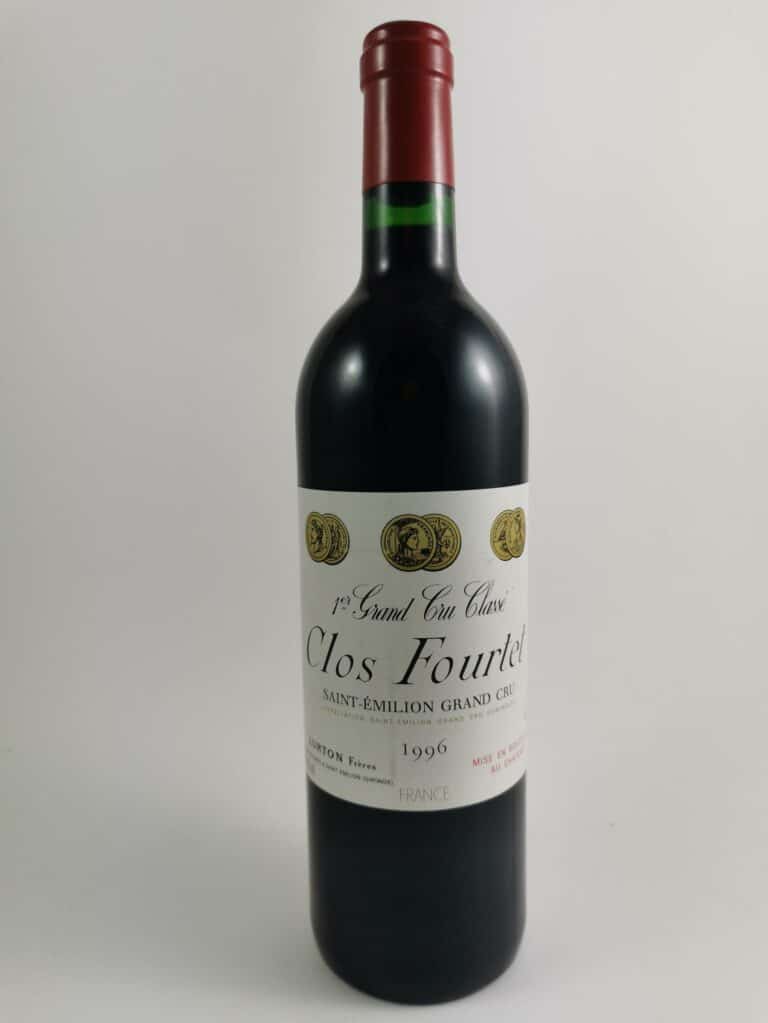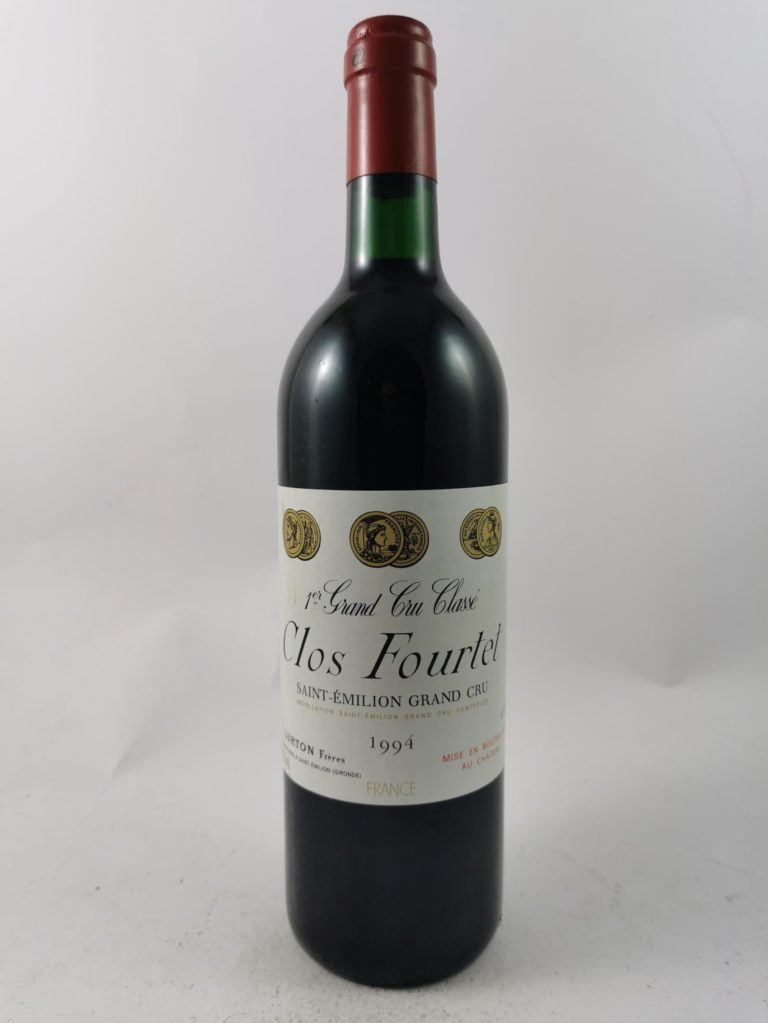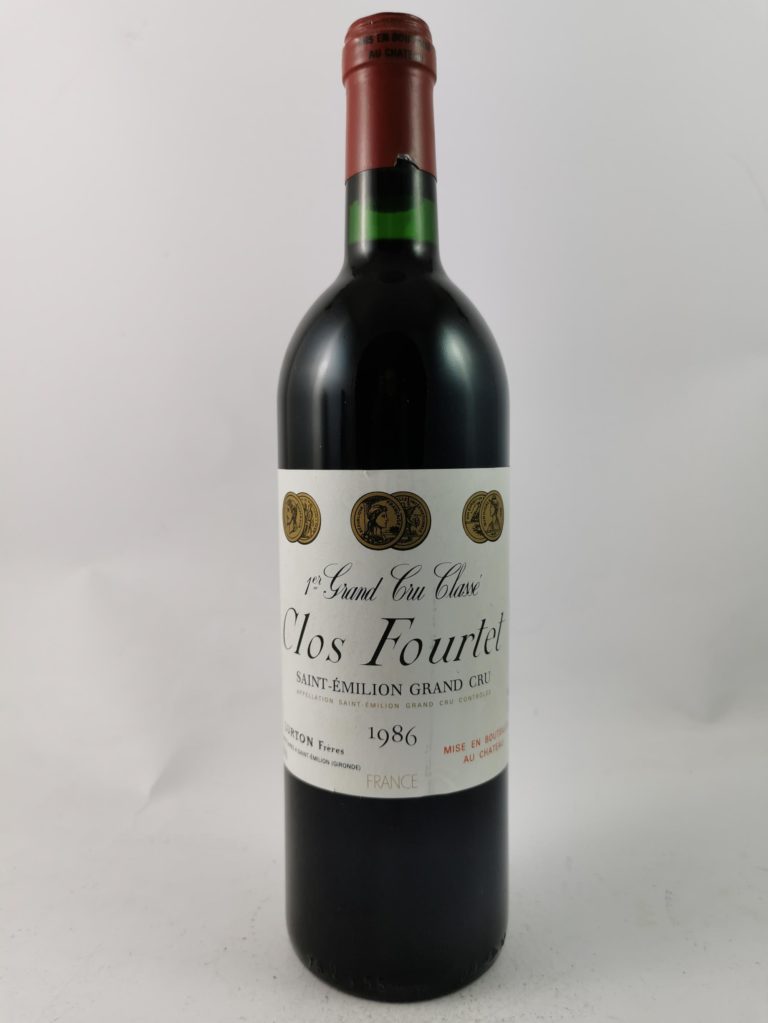Clos Fourtet
The history of Château Clos Fourtet
Château Clos Fourtet, part of the Saint-Emilion commune, is located on the highest slopes in the western part of Saint-Emilion. Formerly known as “Camp Fortet”, meaning “little fort”, it was used to protect Saint-Emilion in the Middle Ages. This 20-hectare vineyard has walls built directly from the limestone soil on which it rests. Following the grand classification of Saint-Emilion’s premier crus classé, Clos Fourtet is now among the elite. This is one of Saint-Emilion’s smallest classified vineyards.
In 2001, Philippe Cuvelier acquired Clos Fourtet from the Lurton family. He decided to entrust management of the château to his son Matthieu. Both with the desire to innovate Clos Fourtet and to constantly strive for excellence, they decided to invest and gradually change Clos Fourtet. Attached to the perseverance of their land and the quality of what they produce, they set up an organic and biodynamic culture within the vineyard. Their aim is to preserve the estate so that it can be passed on in good condition to future generations.
The Cuvelier family, who also acquired Château Poujeaux in 2008. Thanks to Château Clos Fourtet’s neighbouring great wall, it has become an emblematic symbol of Saint-Emilion.
Built during the Ancien Régime, Clos Fourtet was uninhabited for a long time, and has since been restored as a place of reflection and family retreat. It became famous thanks to its owners, the Lords of Figeac, in the 18th century. Il est devenu célèbre grâce à ses propriétaires, les seigneurs de Figeac, au XVIIIe siècle. Château Clos Fourtet also produces a second wine, called Closerie de Fourtet, which benefits from the same expertise as the grand vin.
The history of Château Clos Fourtet is reflected in its labels, which combine several clues. From 1918 onwards, the labels featured three gold medals. C’est à partir de 1918, que les étiquettes se composent de trois médailles d’or. Finally, the third medal on the right represents the 1895 National, International and Universal Exhibition in Bordeaux. These awards are symbols of technical progress and a philosophy of excellence that spans the centuries.
Château Clos Fourtet vineyard
The limestone soils provide freshness, minerality and delicate tannins. During wet periods, these soils allow rapid drainage and prevent the vines from getting soggy. Finally, during dry periods, the rock distributes water through the vine’s roots. For the owners of Clos Fourtet, it’s a precious heritage that must be preserved in balance. Planting density is 6,000 to 9,000 plants per hectare. The average age of the vines is 35 years.
The vineyard is managed in a reasoned manner, using organic treatments and biodynamic methods. The estate’s soils are naturally fertilized by the cows. Thanks to their rich ecosystem, wildflowers and shrubs enhance the biodiversity of Château Clos Fourtet’s grounds.
In the winery, whole-berry grapes are gravity-fed into stainless-steel vats, where they split and let their juice run off slowly. These stainless steel vats are adapted to the size of the plots where the harvest took place. The skins of the grapes and berries are pushed to the bottom, allowing the wine’s fragrance, tannins and colors to be revealed as it goes along.
The rows of vines are surveyed around 30 times a year. At Château Clos Fourtet, nature leaves its mark on the flesh of the grapes. To achieve this, he uses organic and mineral fertilizers, but also takes care to protect grape embryos and vines from diseases, mites and fungi. Château Clos Fourtet also practices leaf thinning, debudding and green harvesting to optimize concentration.
Beneath the estate’s vines lie 13 hectares of quarry. These 13 hectares represent a natural cellar hidden underground at between 6 and 12 meters, made up of pure, healthy air that keeps us cool and well circulated. These elements create a natural climate. This natural cellar houses 250 barrels and 100,000 bottles. The primeur wines are matured in barrels, while the wines of Château Clos Fourtet are matured in this legendary location. The ageing cellar extends over three levels. They store wines dating from 1950 to the present day. These bottles hold unique memories that can be preserved for a lifetime.
Harvesting is done by hand, using small crates to preserve the grapes. The wine is aged in new barrels only. Fruit handling is kept to a minimum to minimize the risk of oxidation.
Matching and structure of Clos Fourtet wines
Château Clos Fourtet’s red wine is described as soft, seductive and singular, with aromas reflecting the terroir in which it was born. It’s a wine that, over time, reveals itself, develops and matures. Château Clos Fourtet produces around 80,000 bottles a year.
It can be kept for 20 to 25 years. The grape varieties are 85% Merlot, which gives a supple, silky feel, 10% Cabernet Sauvignon and 5% Cabernet Franc, which add aromatic complexity and ageing potential.
The first wine of Château Clos Fourtet has a garnet-red color with beautiful violet highlights. Fresh raspberry and violet notes intermingle on the nose. Fine, creamy tannins on the palate. Château Clos Fourtet’s second wine, Closerie Fourtet, has a ruby-red color, a nose full of red fruit and an energetic, fresh palate.
Particularly resplendent vintages for this château include 2019, 2018, 2015, 2005, 1990, 1985 and 1979.
As for food and wine pairings, we recommend a starter of poêlée de cèpes de Bordeaux or stuffed cèpes. Main courses include beef fillet with two peppers or duck foie gras, as well as spit-roasted hare. For dessert, you can serve maroilles or a chocolate tart.
Are you interested in Saint-Emilion wines ? See also our wines for the following areas :




